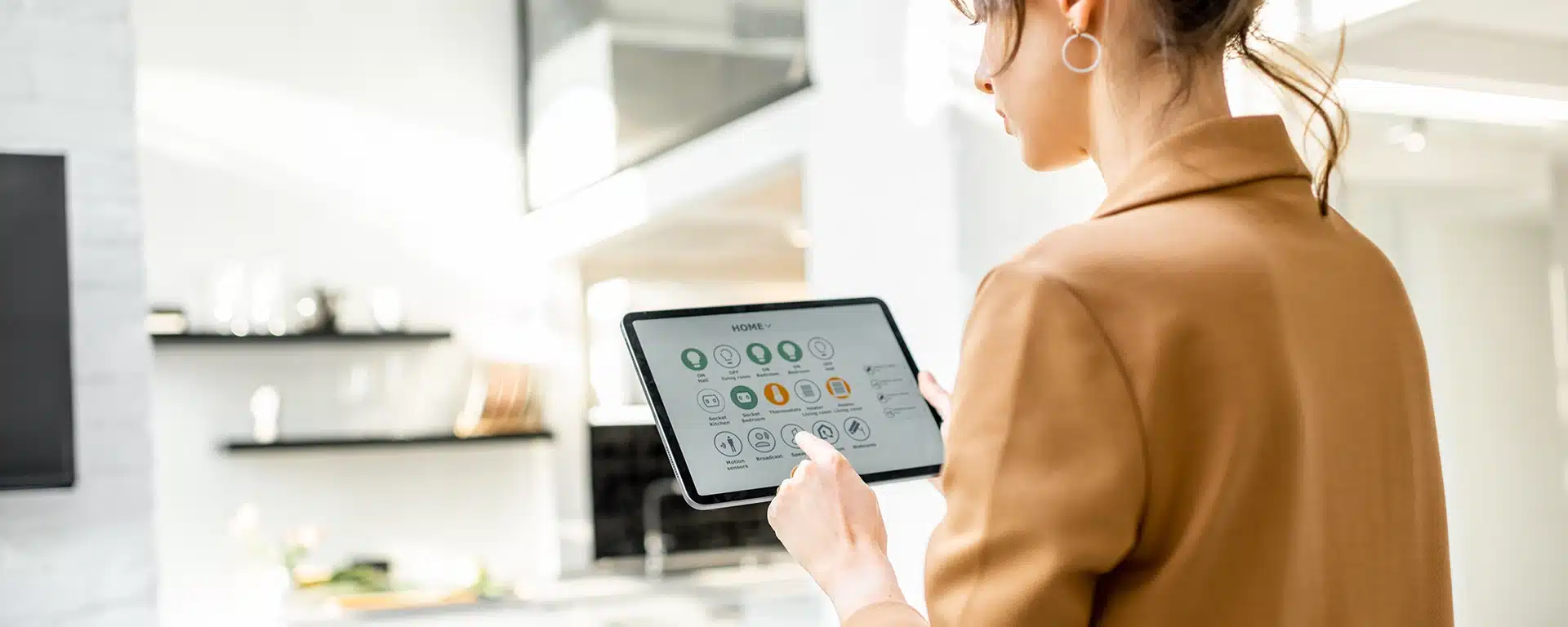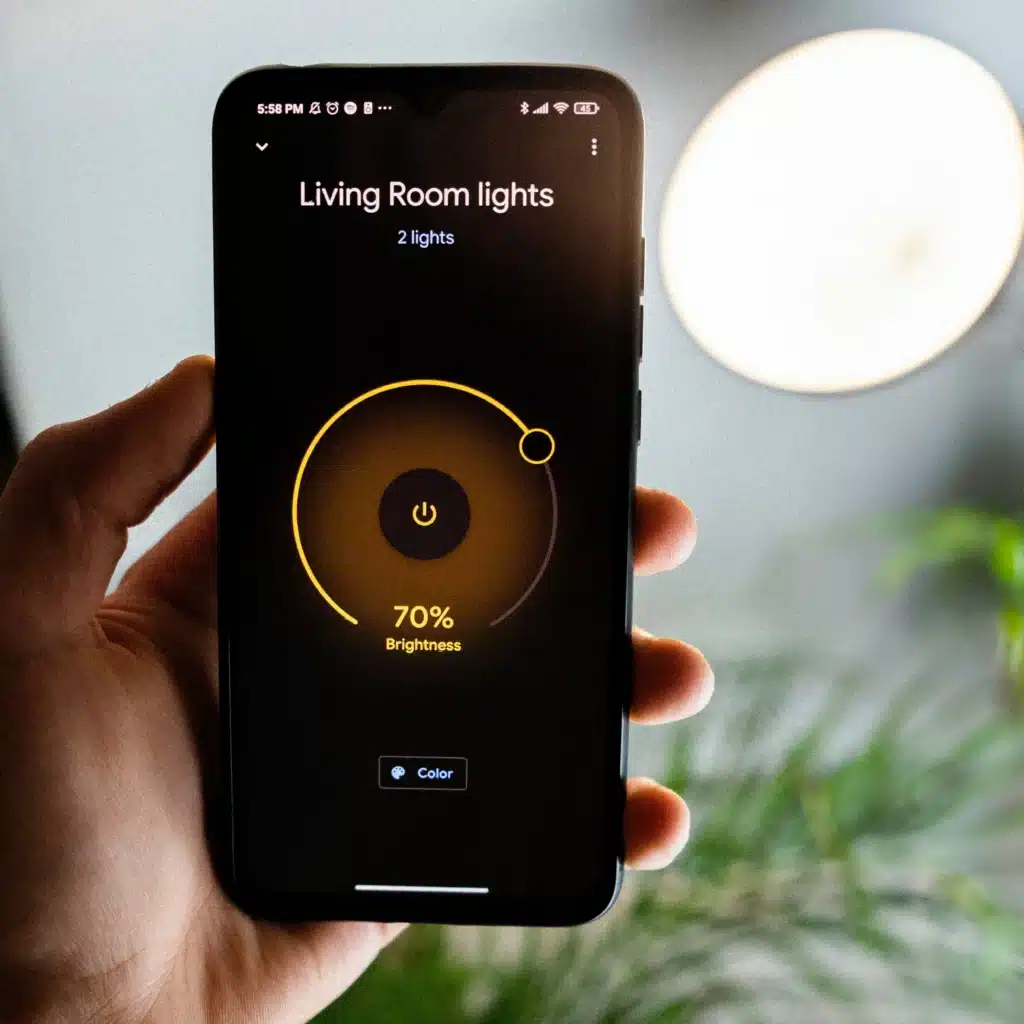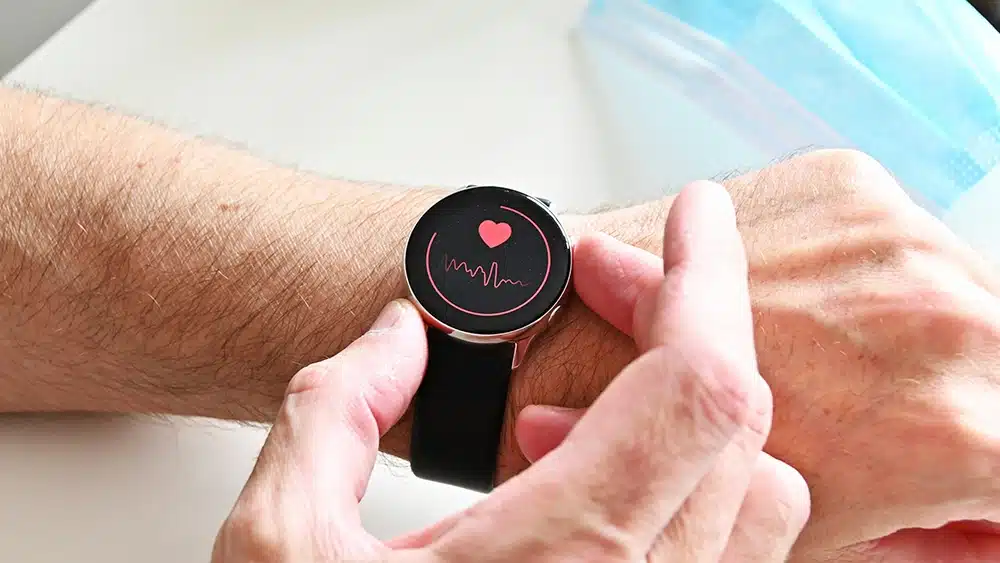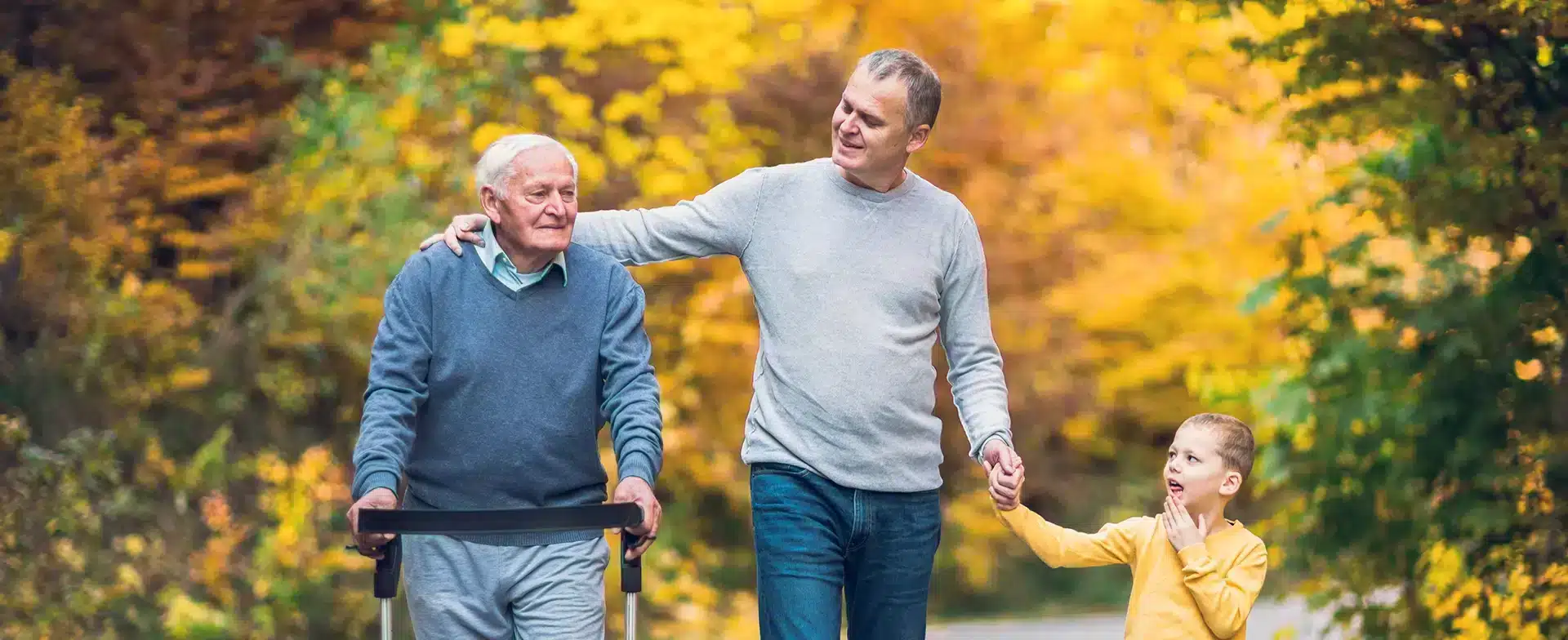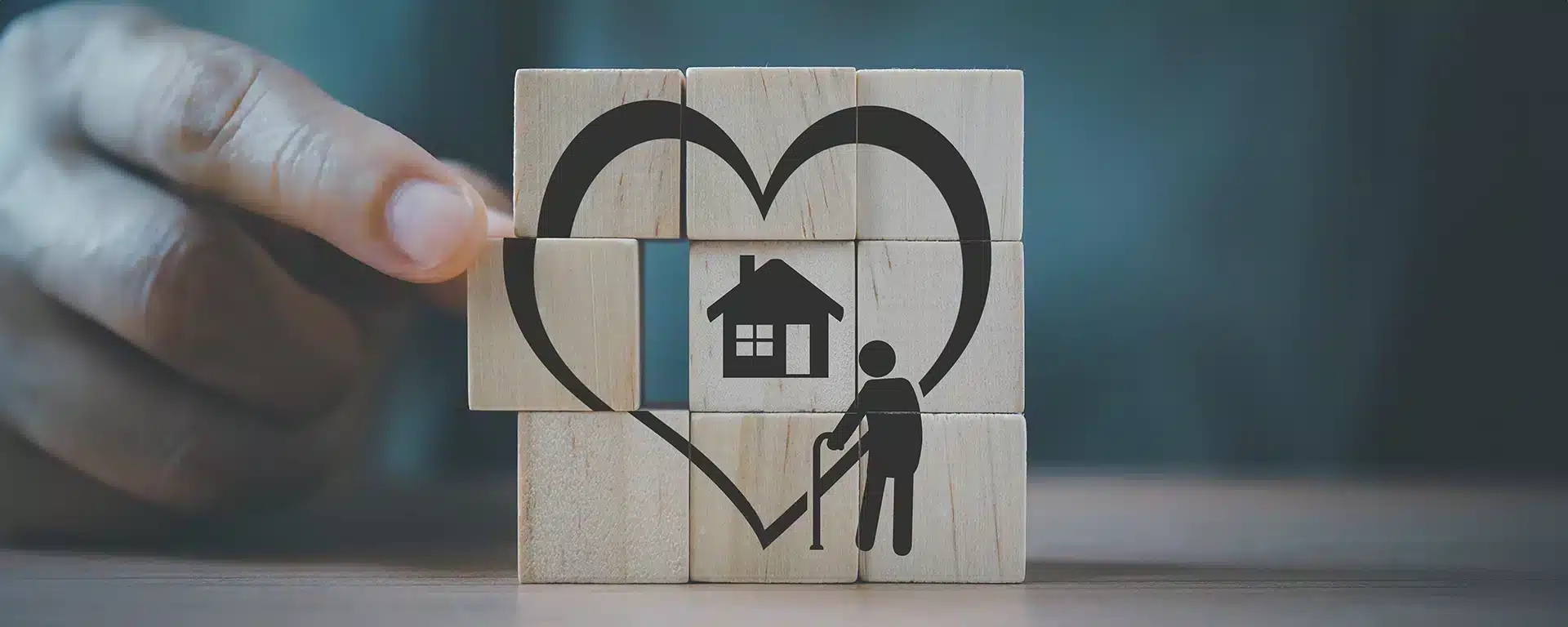Smart Home Devices for Enhanced Fall Prevention in Older Adults
Technology now plays a crucial role in enhancing home safety, particularly in preventing falls. With the right modern tools, we can significantly reduce the chances of accidents, offering a much-needed sense of security and peace of mind.
Falls are a major concern, ranking as the second leading cause of accidental deaths globally. Advanced age, along with issues like physical inactivity and malnutrition, poses significant risks. For older individuals, falls can lead to serious injuries and a loss of independence, but up to 30% of these incidents can be prevented. Smart home devices provide a promising solution by supporting physical activity and nutritional well-being.
In this article, we’ll explore how modern technology plays a crucial role in preventing falls creating a safer environment, from improved home lighting to intelligent wearable devices and home automation.
Technologies for Fall Prevention
Smart Home Ecosystem
Navigating the realm of smart home technology involves choosing the right smart home ecosystem, with options like Google Nest, Amazon Alexa, and Apple HomeKit. This decision is influenced by the compatibility and functionality of your devices. Consider factors such as geographic availability, current gadgets, and device availability in your region. Seamless integration of smart home devices.
Smart home ecosystems serve as dynamic hubs that can enhance various aspects of daily life. For instance, these systems can provide timely reminders, assisting with medication schedules and appointment alerts. Users can leverage voice-activation to place calls or send messages, in emergency situations, some ecosystems offer first-aid instructions, providing valuable assistance when needed.
Lighting Solutions
Effective lighting plays a critical role in preventing falls. Proper illumination enhances visibility of potential hazards like steps or clutter, particularly beneficial for individuals with vision impairments. The need for better lighting increases for aging individuals, by facilitating remote or smartphone control, smart lighting allows individuals to tailor their home’s illumination to changing needs, particularly during nighttime navigation. Motion-activated lights contribute significantly to fall prevention by automatically illuminating pathways, minimizing the risk of tripping or missteps in low-light conditions.
The flexibility to adjust lighting levels and establish automated schedules adds an extra layer of safety, making pathways well-lit during specific times. This proactive approach enhances visibility, reducing the likelihood of falls and contributing to an overall safer living environment.
Wearables and Medical Alert Systems
Wearables and medical alert systems are now pivotal tools in fall prevention, providing users with enhanced security and rapid communication capabilities during emergencies.
Smartwatches and fitness trackers, commonly worn wearables, often feature built-in fall detection sensors. These sensors automatically detect falls and send alerts to pre-programmed contacts. Similarly, specialized medical alert systems, worn as pendants or bracelets, provide users with a dedicated emergency button for immediate assistance. GPS technology in these devices enables precise location tracking, while medication reminders support overall health management, reducing fall risks associated with non-compliance.
The integration of wearables and medical alert systems into home automation systems enhances safety measures for fall prevention. These devices seamlessly connect with smart home ecosystems like Google Nest or Amazon Alexa, enabling automated responses to potential fall situations. For example, in the event of a detected fall, programmable smart lights can illuminate pathways, or smart speakers can initiate a voice-activated emergency call. This interconnected approach offers a comprehensive and responsive solution to fall prevention within the home environment.
Home security
Smart home security devices, including Ring doorbells, remote-controlled doors, and smart locks, also assist in fall prevention. Ring doorbells provide real-time video footage and remote monitoring to reduce the need to rush to answer the door thereby reducing the risk of falls.
Doors with remote control features, including smart locks, also reduce the need to rush to the door. Managed through smartphone apps or voice commands, these features are particularly beneficial for individuals with mobility challenges.
Integrating smart home devices and automation enhances safety and independence for older adults. Families gain reassurance in knowing their loved ones are well-protected. These tools create an environment where the likelihood of a fall is greatly diminished.
From the simplicity of voice-controlled lighting to the sophistication of medical alert systems, each technological innovation offers a crucial layer of defense, in preserving the health and independence of our most vulnerable populations. Let’s recognize and appreciate the groundbreaking strides in this field as we collectively move forward in the pursuit of a safer tomorrow.


